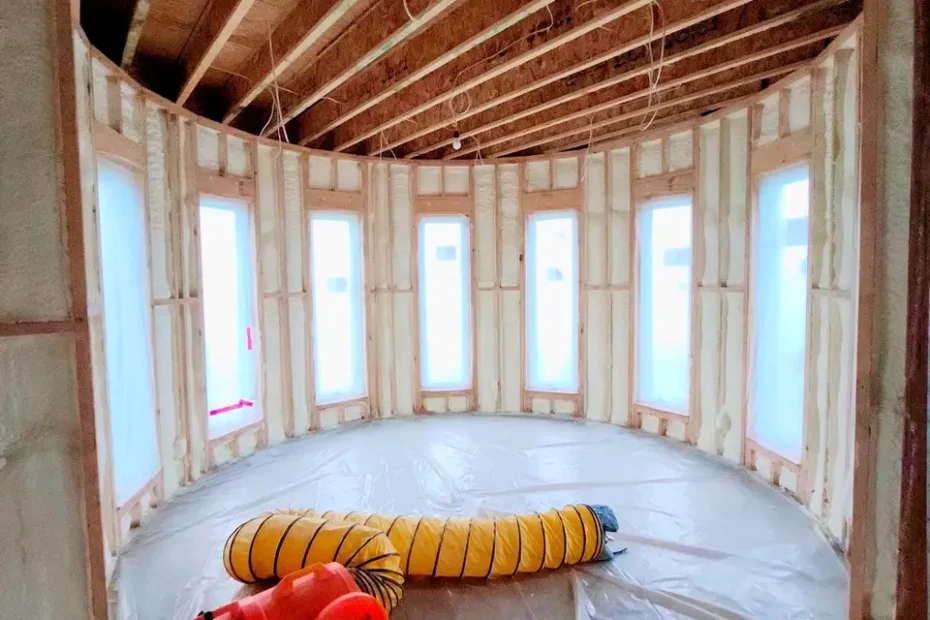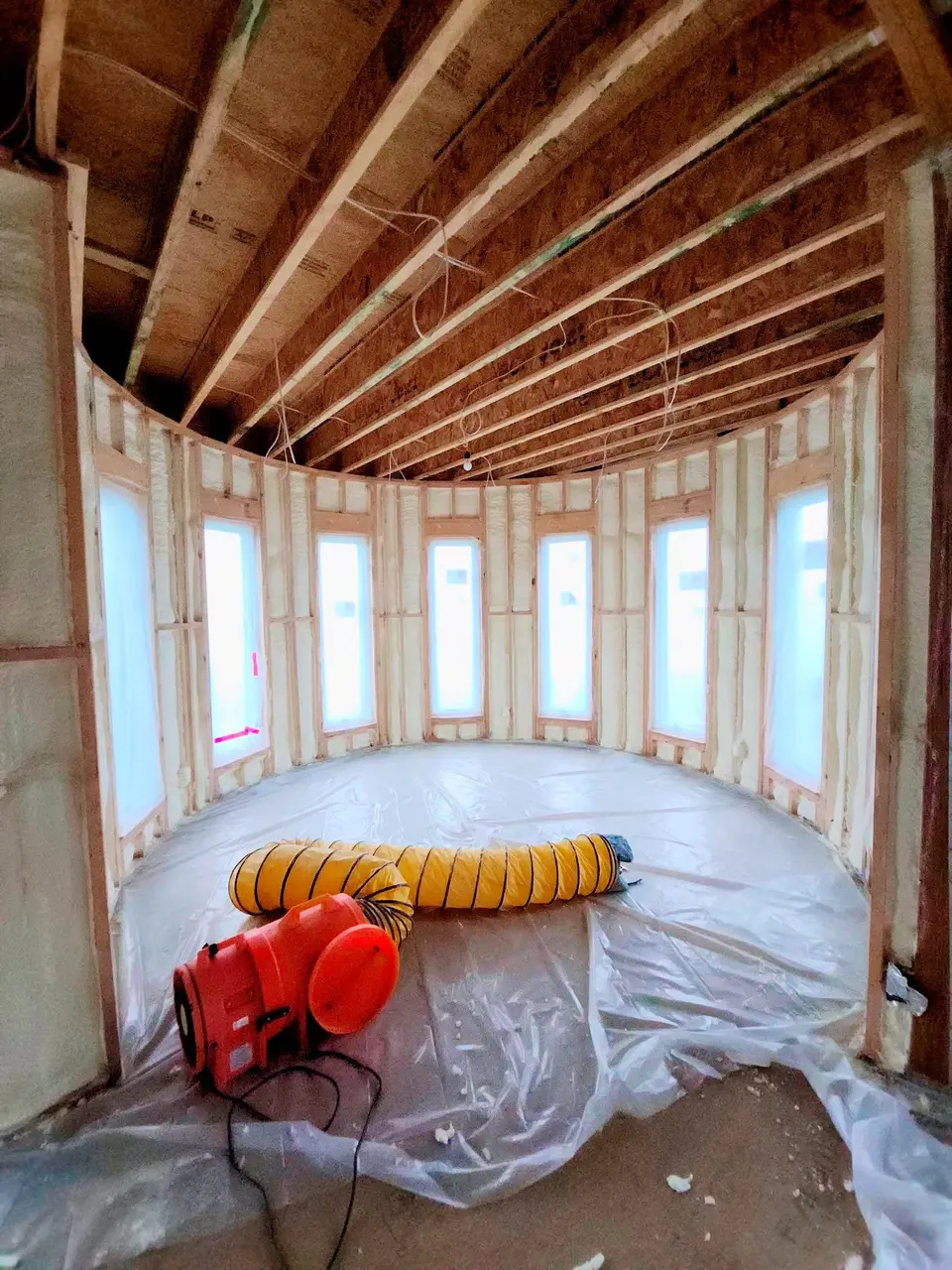Transforming your home into a cinematic haven can be more than just about the latest gadgets. With the right acoustic insulation, you can elevate your home theatre experience significantly. Let’s explore how this often-overlooked aspect can make your movie nights more enjoyable, immersive, and soundproof.
Creating an Immersive Soundscape
Acoustic insulation helps in creating a rich audio environment, ensuring every whisper and explosion resonates perfectly in your space. By reducing sound reflections and echo, it allows you to experience the film as the creators intended. Imagine watching an intense thriller where every heartbeat thuds in your chest, and the softest dialogue remains crystal clear. This type of clarity transports you into the world of the film, making your home theatre feel more like a real cinema.
Additionally, acoustic insulation acts as a barrier that enhances sound directionality. Whether it’s the soaring score of an epic drama or the subtle sound effects of a serene landscape, a well-insulated room can make these elements more engaging. You might even discover layers within your favorite films that you previously missed!
Determining the Best Materials for Sound Proofing
Selecting the right materials is crucial. From fiberglass and foam panels to heavy curtains and carpets, understanding these options will ensure your home theatre remains a haven of tranquility. Fiberglass panels are great for controlling mid to high-frequency sounds, while heavy drapes can absorb lower frequencies. It’s about finding a balance that suits your specific needs.
For instance, using thick carpets can help reduce sound transmission from the floor above, while wall panels can help eliminate echoes. Couple this with strategic furniture arrangement to facilitate sound waves, and you’ll have a fully optimized acoustic experience. The synergy of these materials creates a cocoon of sound that envelops you during your cinematic experience.
Benefits Beyond Sound Quality
While the primary focus may be on improving sound, acoustic insulation also reduces outside noise, creating a more peaceful environment. Imagine binge-watching your favorite series without the distraction of traffic or neighbors—pure bliss! This added tranquility can lead to enhanced concentration and greater immersion in your films.
Moreover, acoustic insulation contributes to your overall home value. Whether you see your home theatre as a sanctuary or an investment, the benefits extend beyond enjoyment. Potential buyers may appreciate the thoughtfulness of dedicated soundproofing, recognizing it as a luxurious feature rather than just a necessity. Investing in acoustic solutions is beneficial not only for your personal enjoyment but also makes your home more marketable in the long run.
Installing Acoustic Solutions: A DIY Guide
For the handy homeowner, DIY installation can be both satisfying and economical. We’ll cover practical steps for effectively adding acoustic insulation to your home theatre without professional help. Start by assessing your space; identify where sound leakage occurs. Check for gaps in windows, doors, and walls. Once identified, gather necessary materials such as foam panels, caulk, and sound-absorbing curtains.
Next, focus on strategic installation: positioning panels at optimal angles to capture sound waves and reduce reflection. Don’t forget to leave spaces for ventilation, as sound absorption doesn’t mean sacrificing air quality! This project doesn’t have to be overwhelming—taking it one step at a time turns a considerable task into a manageable one.
Common Myths About Acoustic Insulation
Many misconceptions surround acoustic insulation—such as its cost and efficacy. Debunk these myths to understand how attainable and beneficial these improvements can be for your home. Some believe that effective acoustic treatments are prohibitively expensive or only available to industry professionals. This isn’t true! There are versatile, budget-friendly options that can work wonders for your home theatre.
Moreover, some think that simply plugging sound leaks is enough for proper insulation. However, without the right absorbent materials, sound can still bounce around the room, defeating the purpose. Understanding these myths is crucial, as they can prevent you from taking steps towards enhancing your home’s auditory atmosphere!

